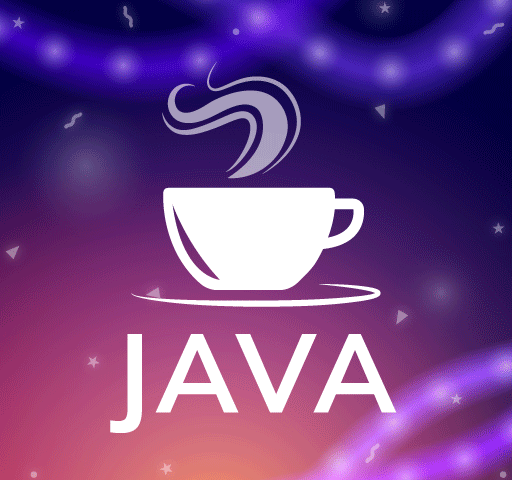Java is a high-level, class-based, object-oriented programming language that is designed to have as few implementation dependencies as possible. It is a general-purpose programming language intended to let application developers “write once, run anywhere” (WORA), meaning that compiled Java code can run on all platforms that support Java without the need for recompilation.
Java applications are typically compiled into bytecode that can run on any Java virtual machine (JVM), regardless of the underlying computer architecture. The JVM is responsible for translating bytecode into machine code that can be executed by the host computer.
Java is a popular programming language for developing desktop applications, web applications, mobile applications, and embedded systems. It is also used in a variety of other applications, such as scientific computing, big data processing, and cloud computing.
Here are some of the key features of Java:
-
Object-oriented: Java is an object-oriented programming language, which means that programs are designed around objects and their interactions. Objects are self-contained entities that contain data and code.
-
Class-based: Java is a class-based programming language, which means that programs are designed around classes. Classes are blueprints for creating objects.
-
Concurrent: Java is a concurrent programming language, which means that it supports multiple threads of execution. Threads allow programs to run multiple tasks simultaneously.
-
Secure: Java is a secure programming language, which means that it is designed to prevent security vulnerabilities. Java programs are sandboxed, which means that they cannot access or modify system resources without permission.
-
General-purpose: Java is a general-purpose programming language, which means that it can be used to develop a wide variety of applications.
Java is a powerful and versatile programming language that is used by millions of developers around the world. It is a good choice for developing a wide variety of applications, from simple desktop applications to complex enterprise systems.
Data structures are a fundamental part of computer science, and they are used in a wide variety of applications, such as databases, operating systems, and compilers.
There are many different types of data structures, each with its own strengths and weaknesses. Some of the most common data structures include:
-
Arrays: Arrays are a simple and efficient way to store a collection of data items.
-
Linked lists: Linked lists are a more flexible data structure that can be used to store data items in any order.
-
Stacks: Stacks are a type of data structure that follows the last-in-first-out (LIFO) principle.
-
Queues: Queues are a type of data structure that follows the first-in-first-out (FIFO) principle.
-
Trees: Trees are a hierarchical data structure that can be used to store data items in a sorted order.
-
Graphs: Graphs are a data structure that can be used to represent relationships between data items.
The choice of data structure for a particular application depends on the specific needs of the application. For example, an array might be a good choice for storing a list of student grades, while a linked list might be a good choice for storing a list of words in a document.
Data structures are an important part of computer science, and they are essential for writing efficient and effective programs.



One thought on “Learn Java with Data Structure”